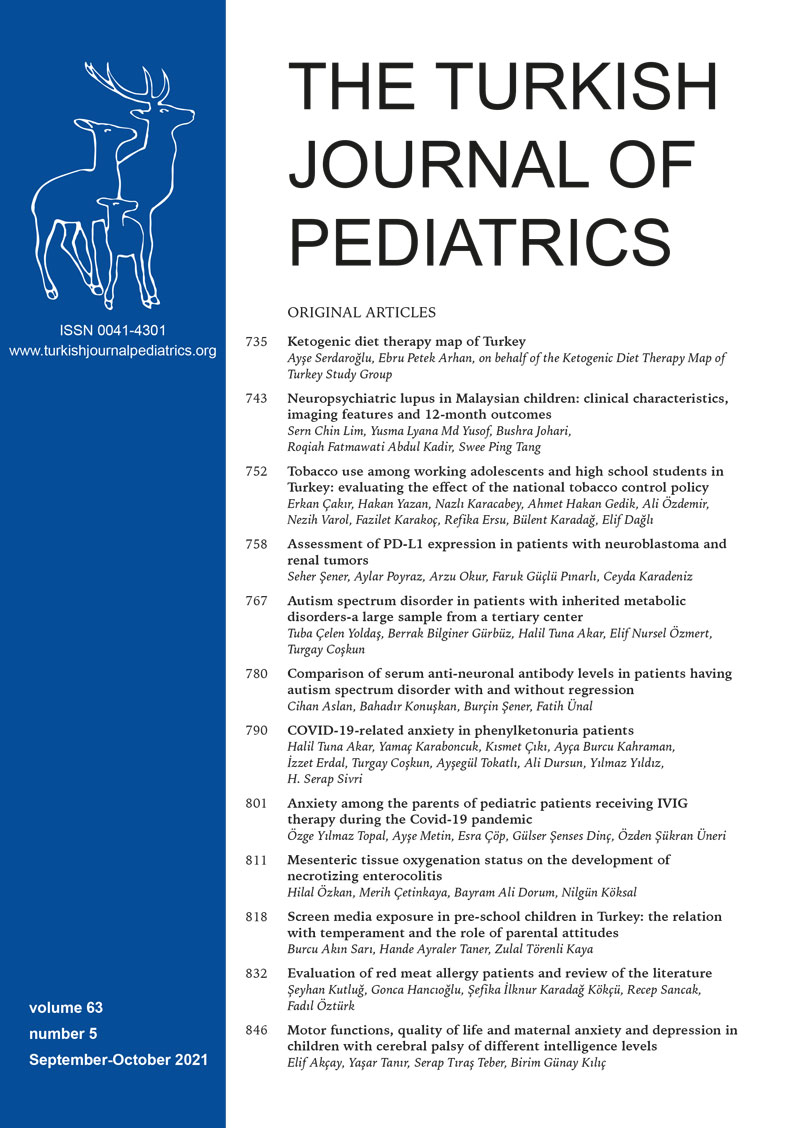Abstract
Background. Diphallus, also known as penile duplication, is a rare malformation, seen once in every 5 to 6 million births. Newborns showing this condition present higher mortality rates due to malformations and infections. The underlying etiology of this malformation is uncertain, but it is thought to be associated with trauma, drug use, or infections that may affect fetal the mesoderm between the 23rd and 25th day of pregnancy. Our objective is to describe this rare malformation - diphallus - through magnetic resonance imaging, as well as additional findings.
Case. A Three-month-old male patient with a 33-week ultrasound demonstrating genital malformation presented to our clinic. At birth, the physical examination revealed diphallia and imperforated anus. Surgical procedures were carried out right after birth to correct the anus malformation. The child did not present any alteration in skin color, and no signs of pain were shown in the abdomen, pelvis, and penises palpations. Urination was observed only through the right penis. Magnetic resonance imaging (MRI) showed two penile structures, each one presenting developed with corpus cavernosum. The penis located on the right showed a complete urethral path in the corpus spongiosum to the vesical floor while the penis located on the left was bigger and did not present a urethral path.
Conclusions. Penile duplication is a rare condition that is often, associated with other malformations, especially anorectal. To fully understand the extension of congenital anomalies and to determine the optimal surgical approach, MRI yields detailed imaging of the entire pelvic region, providing a thorough anatomical frame of reference, and should be routinely incorporated into presurgical evaluation.
Keywords: anorectal malformations, infant, magnetic resonance imaging, newborn, urogenital abnormalities
Copyright and license
Copyright © 2021 The Author(s). This is an open access article distributed under the Creative Commons Attribution License (CC BY), which permits unrestricted use, distribution, and reproduction in any medium or format, provided the original work is properly cited.














